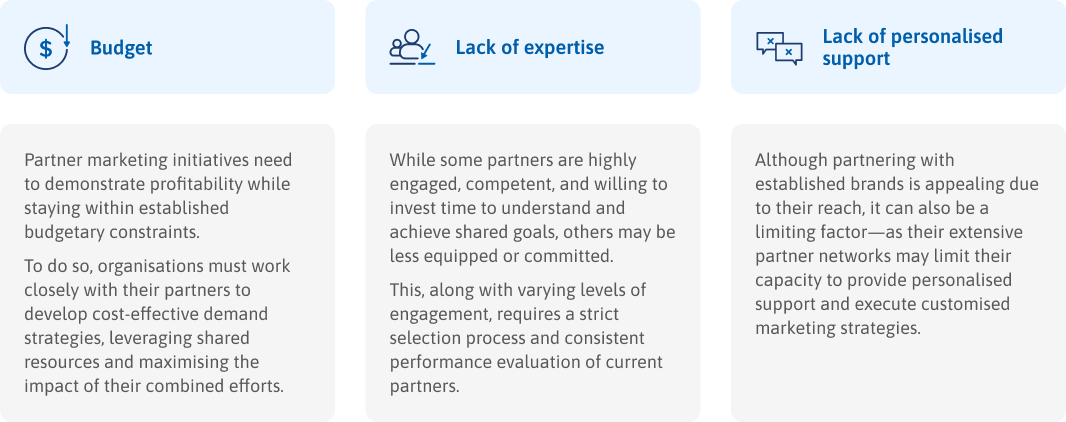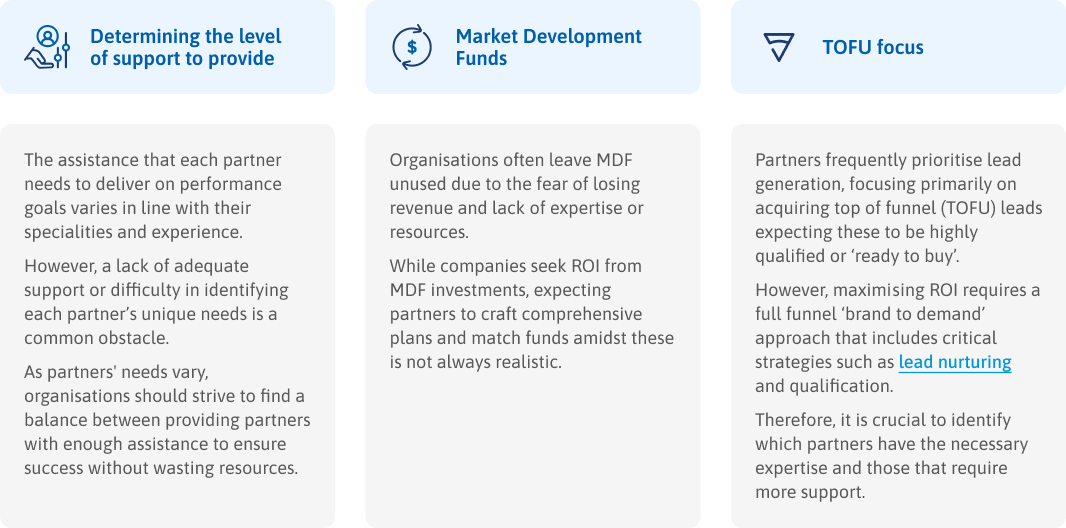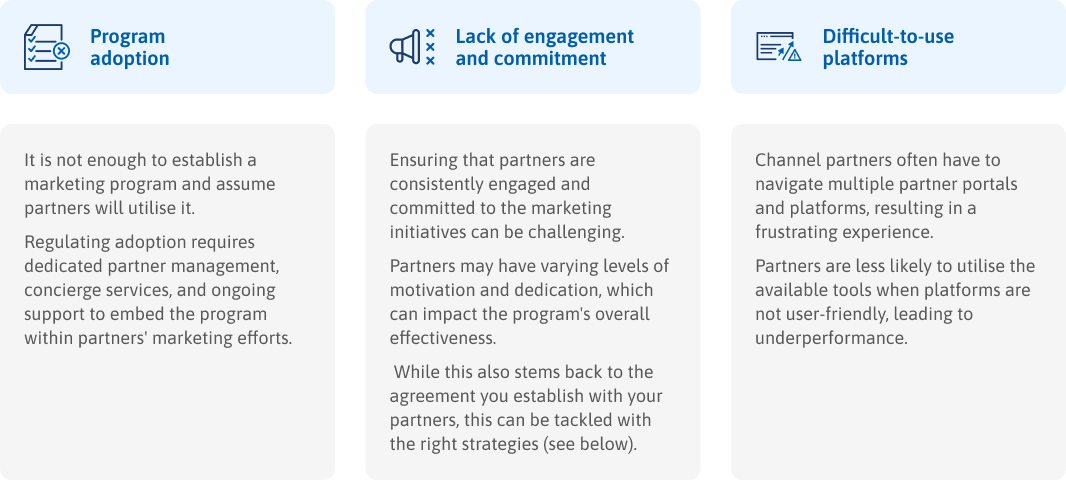The channel space is an untapped market with the potential to deliver substantial ROI due to its resilience to macroeconomic uncertainty, currency volatility, supply chain unpredictability, and even IT industry pressure.
In fact, according to Canalys, the channel space saw full-year double digit growth and healthy profits in 2023, with this trend unlikely to change in 2024. The channel is outperforming the vendor community in both revenue and profit performance, with 72% of partners expecting revenue to increase in the coming year (according to the same study).
While channel marketing presents a significant opportunity, it remains largely underutilised, as many organisations struggle to navigate this space effectively.
Selecting the right partners and maximising the effectiveness of channel marketing is particularly challenging due to the diversity of potential partners combined with the complexity of managing ecosystems and aligning them with business goals. As a result, many organisations are unable to capitalise fully on the benefits channel partnerships provide.
This article explores the three main difficulties of navigating channel marketing and presents strategies to address them.













